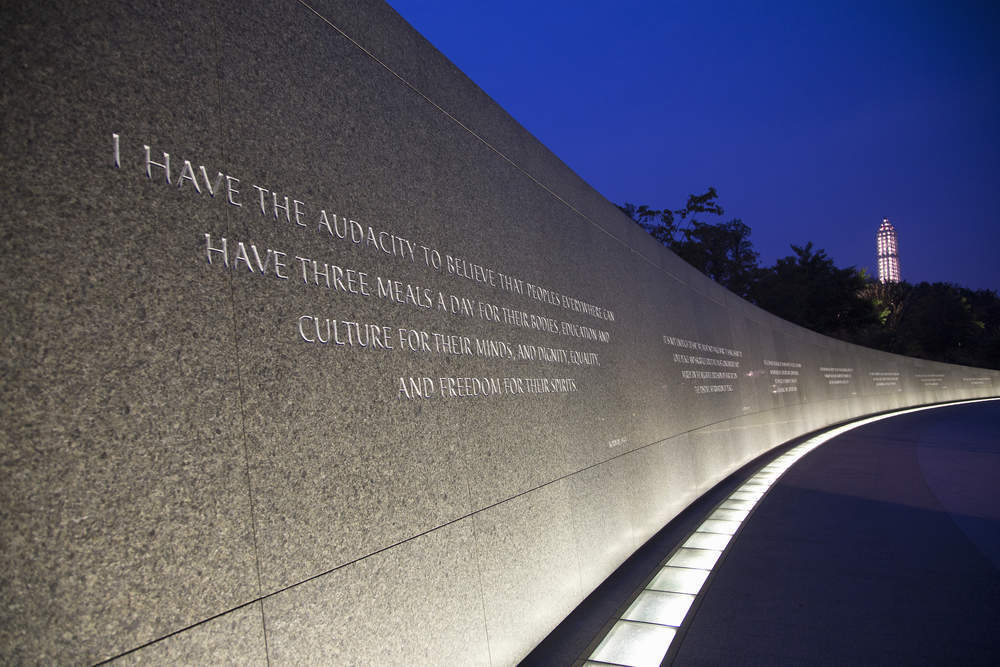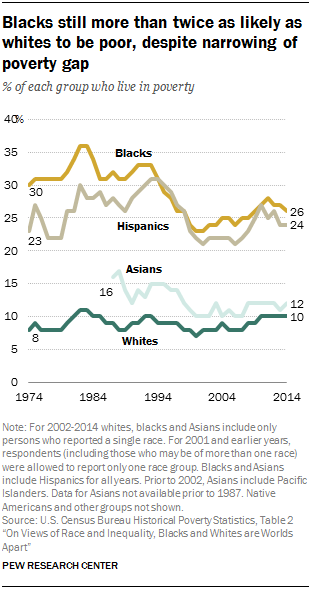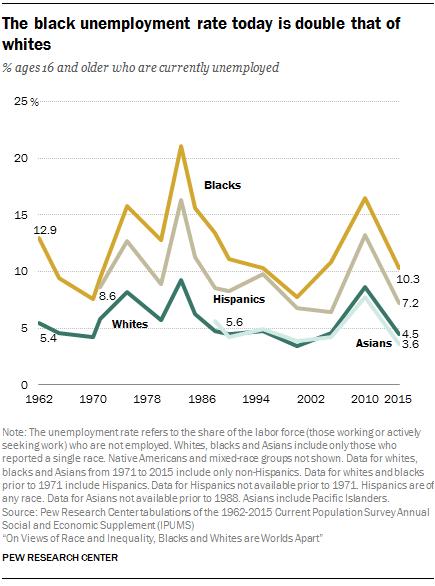
This April will mark 50 years since activist Martin Luther King Jr was shot and killed in Memphis, Tennessee.
As the US reflects on Martin Luther King Jr’s legacy, Verdict examines how far the civil rights movement and race relations in the country have come.
Race is still one of the biggest issues in the US today.
Racially motivated police brutality, a disproportionately high number of African Americans in jail, white supremacist marches, and US president Donald Trump’s recent reported comments towards African nations; the struggle for racial equality seems far from over in the land of the free.
While the election of Barack Obama in 2008 inspired hope that the country had broken into a new era of racial equality, the post-Obama US appears as divided as ever.
Education
In education some significant advancements can be clearly seen. According to US thinktank the Centre for American Progress the number of black men between 18 and 24 who attend a form of higher education is on the rise.
How well do you really know your competitors?
Access the most comprehensive Company Profiles on the market, powered by GlobalData. Save hours of research. Gain competitive edge.

Thank you!
Your download email will arrive shortly
Not ready to buy yet? Download a free sample
We are confident about the unique quality of our Company Profiles. However, we want you to make the most beneficial decision for your business, so we offer a free sample that you can download by submitting the below form
By GlobalDataBetween 1976 and 2014 the number of black men aged 25 or over who earned at least a bachelor’s degree has risen from 6.3 percent to 20.4 percent. In the same time period the rate of high-school dropouts for black men has more than halved, decreasing from 21.2 percent to 8.1 percent.
However, according to studies conducted by the Pew Research Centre, African American students are still significantly less likely than white people to graduate from college.
Since the 1960’s, rates of college graduation have increased for all major racial and ethnic groups, though a marked gap remains between the groups.
The Centre concluded that the benefits of schooling “often flow in unequal measure to blacks relative to whites”.
They found that a significant pay gap exists between different ethnic groups holding a bachelor’s degree ($82,300 for black householders vs. $106,600 for white households). Such disparity is consistently seen at all levels of educational attainment.
Prison
A study published by Dartmouth found that incarceration of African-American men had risen from 319,500 male prisoners in 1970 to 1,260,868 in 2010.
It also found that the rate of imprisonment did not increase at a steady pace but skyrocketed between 1980 and 2000.
Similarly, an analysis from Pew Research Centre showed that in 2010 black men were six times more likely to be incarcerated than white men, an increase from figures in 1960 when black men were five times more likely than white men to be jailed.
Though making up only 13 percent of the overall US population, 40 percent of those jailed are African American. According to the Centre for American Progress, “People of colour…(make) up more than 60 percent of the people behind bars”.
The same study found that among black males born in 2001, one in three will go to prison at some point in their lifetime, while 1 in 17 white males are predicted to be incarcerated during their life.
The statistic is similar among women, with 1 in 111 white women expected to be jailed compared to 1 in 18 black women.
Social
African-Americans are currently more than twice as likely to be living in poverty than whites, says the Pew Research Centre. The study found that in 2014 around a quarter (26 percent) of black people were poor, comparative to 10 percent of white people.
However this is in fact an improvement from the 1970’s, during which black people were four times more likely to be poor than white people.
Employment
According to Current Population Survey data, unemployment among black people has been at least double that of white people for 47 of the past 54 years. In 2015 white unemployment rates stood at 4.5 percent, comparative to 10.3 percent of black people.
Currently around 11.6 percent of black men are unemployed while 5.1 percent of white men are. Similarly 9.3 percent of black women are unemployed, in comparison to just 3.8 percent of white women.
Looking at African-Americans in high powered positions, the numbers are equally low. As of October 2017 there are four black CEOs in the Fortune 500, a number that is going to drop to three when Ken Chenault will step down from American Express.
However, this downward trend is something of a recent phenomenon.
Indeed, when Chenault stepped up to the plate at American Express in 2001, the number of African American CEO’s at the country’s biggest companies was on the rise.
Though even at its peak they represented less than two percent of all Fortune 500 CEO’s, at least the trend was on the rise.
Some think the increase in CEOs of colour was the direct result of the social movements of the 1960s, leading to increased diversity on corporate boards from the 1980s onward. However, lacking the same pressure in recent years the progress has waned.










